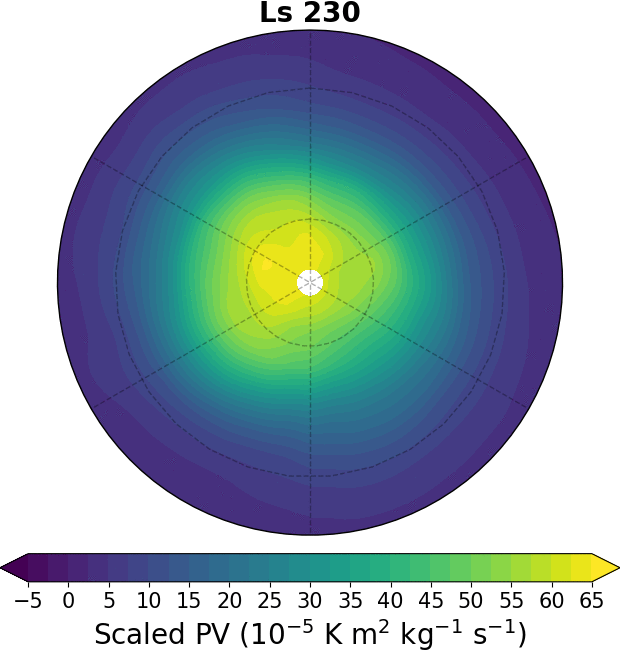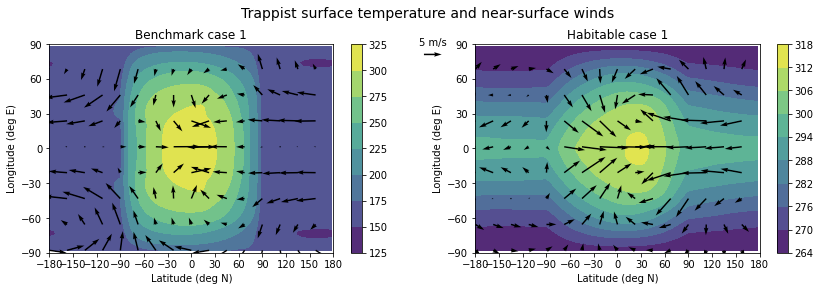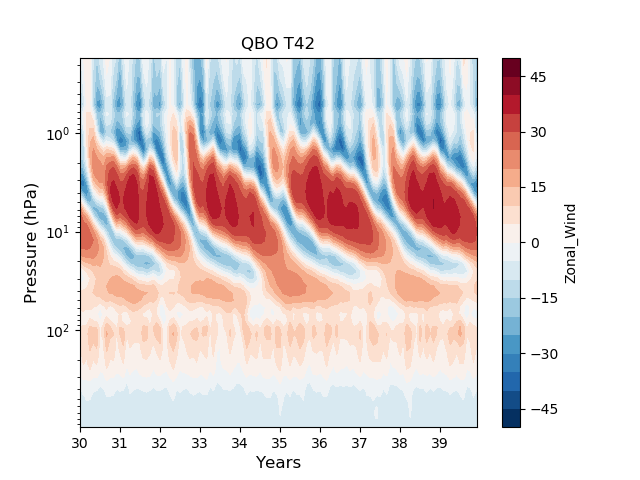Overview
Welcome to Isca! On this page and those following you will find the documentation to help you understand and run Isca. You can find a briefer and more general overview here and the code itself is on github.
About Isca
Isca is a framework for the construction of models of the global circulation of the atmosphere of Earth and other planets at varying levels of realism and complexity. The framework uses the dynamical core and the software infrastructure (FMS, for Flexible Modeling System) from the Geophysical Fluid Dynamics Laboratory in Princeton, USA, and some of the physical parameterizations are also taken from there. Isca itself is not a single model, nor is it intended to provide a fully ‘comprehensive’ model capable of weather forecasts or climate projections for policy use. Rather, our intent is to take the idea of a model hierarchy seriously and thereby enable the user to make appropriate models for the problem at hand, or to make a connected and traceable sequence of models with feedbacks and processes included or denied as appropriate, ranging from the very simple to the near comprehensive.

Isca simulation of the northern Martian winter polar vortex, showing the evolution of Lait-scaled potential vorticity on the 300K isentropic surface from late autumn (Ls 230) through to late winter (Ls 300). Figure produced by Emily Ball (University of Bristol), on a developmental branch.
Isca’s user friendly Python front end allows users to quickly and easily configure their experiments. Test experiments are included to aid the first-time user in understanding the framework, but can also be used as a basis for more specialised experiments. Because of it flexibility and intuitive interface, Isca now has many users thus creating an Isca community that, with the addition of the documentation you can find here, are able to support fellow researchers with ideas and solutions to problems. The code is open source and downloadable from github, and if you have questions please raise an issue there.
The various options for Isca are described in detail in the links in the left column (where appropriate references are also given), and here we just give an overview of what is available. Please note that, since Isca is constantly being developed and improved, not all of the options are as yet fully documented. We hope that you, the user, may also wish to contribute to Isca’s development and documentation.
Options and configurability
The main code is written in Fortran 90 to which we provide a Python front end. The front end enables many model configurations, parameter changes and output options to be set without going into the code itself, but if you wish to make more substantial changes then editing the Fortran may be necessary.
Dynamical cores and variants:
Primitive equation, spectral model on the sphere. This may also be configured as a zonally-symmetric model
Shallow water model on the sphere
Column model, for example for radiative-convective equilibrium studies
Barotropic vorticity equation on the sphere
Radiative forcing
Thermal relaxation: Held-Suarez, variations for terrestrial exoplanets, and a ‘top–down’ scheme that provides a self-consistent determination of the tropopause
Grey radiation, with or without water vapour feedback
Simple, two IR band (with an IR window) scheme, with a simple solar scheme
Comprehensive, multi-band schemes using either SOCRATES or RRTM
Convection and boundary-layer schemes
A very flexible moist and dry convective adjustment scheme, suitable for both Earth and other planetary atmospheres
The Betts-Miller scheme (a well-known and much used convective relaxation scheme)
A mass flux scheme (relaxed Arakawa-Schubert)
A simple boundary-layer scheme
Clouds
A simple cloud scheme based on relative humidity and inversion strength.
Surface properties
Specified sea-surface temperatures
A slab ocean with a prognostic SST
A swamp land surface with an evaporative resistance
A simple bucket model
A simple vegetation model
Realistic Earth continental outlines, or user-configurable idealized continental configurations
User configurable topography
Test cases
Various out of the box test cases are available that should run with no additional configuration. These include:
The Held-Suarez test case
An aquaplanet with a slab ocean and grey radiation
A MiMA-like test case using RRTM
An axisymmetric model
A gas giant planet (Jupiter-like)
Cases with realistic, Earth-like continents
Planets
Earth is, naturally, the planet to which Isca has most often been applied. However, models of varying degrees of sophistication of Mars, Jupiter, Titan, TRAPPIST-1e, and a generic tidally-locked exoplanet have or are being constructed.

Simulations for the TRAPPIST-1 Habitable Atmosphere Intercomparison (THAI) project. TRAPPIST-1e is a tidally-locked rocky exoplanet and is a promising candidate for habitable surface conditions. Figure produced by Dr Matthew Henry.
The Future
Isca, and this documentation, is constantly under development. A simple cloud scheme has recently been incorporated into Isca, and models of other planetary bodies are continually being developed. The next major model addition will be a fully interactive ocean as an integrated component of Isca and therefore configurable with the Python interface and flexible in its nature and use. We invite contributions from users to add to its capabilities and improve its documentation.

The Quasi-Biennial Oscillation (QBO), a wave driven periodic reversal of the stratospheric tropical winds on Earth. This was produced in Isca using the convective gravity wave parameterisation modified by Prof. Chaim Garkfinel. Figure produced by Ross Castle.
How to cite Isca
Contents
See also
Isca home page
Isca v1.0 model description: [VallisEtAl2018]
License
Isca is released under the terms of the GPL-3.0 license.